Filter by
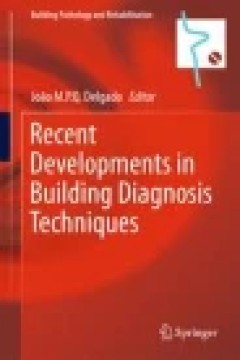
Recent Developments in Building Diagnosis Techniques
This book presents a collection of recent research on building diagnosis techniques related to construction pathology, hygrothermal behavior and durability, and diagnostic techniques. It highlights recent advances and new developments in the field of building physics, building anomalies in materials and components, new techniques for improved energy efficiency analysis, and diagnosis techniques…
- Edition
- -
- ISBN/ISSN
- 978-981-10-0466-7
- Collation
- -
- Series Title
- -
- Call Number
- 621.4021

Biopsy Diagnosis of Peripheral Neuropathy
Peripheral nerve analysis is a challenging task for pathologists, given the advent of new diagnoses and techniques of analysis and the impact of molecular genetics. This book presents a simple, logical method for constructing a differential diagnosis based on pathology and clinical presentation. It also provides advice on the selection of ancillary molecular, immunohistochemical and genetic tec…
- Edition
- -
- ISBN/ISSN
- 978-3-319-07311-8
- Collation
- -
- Series Title
- -
- Call Number
- 611.8

Bioprinting in Regenerative Medicine
This volume presents the current state of laser-assisted bioprinting, a cutting edge tissue engineering technology. Nineteen chapters discuss the most recent developments in using this technology for engineering different types of tissue. Beginning with an overview, the discussion covers bioprinting in cell viability and pattern viability, tissue microfabrication to study cell proliferation, mi…
- Edition
- -
- ISBN/ISSN
- 978-3-319-21386-6
- Collation
- -
- Series Title
- -
- Call Number
- 610.28
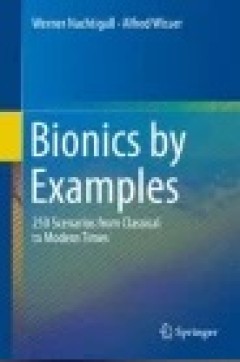
Bionics by Examples
Bionics means learning from the nature for the development of technology. The science of "bionics" itself is classified into several sections, from materials and structures over procedures and processes until evolution and optimization. Not all these areas, or only a few, are really known in the public and also in scientific literature. This includes the Lotus-effect, converted to the contamina…
- Edition
- -
- ISBN/ISSN
- -
- Collation
- -
- Series Title
- -
- Call Number
- 610.28

Bionic Optimization in Structural Design : Stochastically Based Methods to Im…
The book provides suggestions on how to start using bionic optimization methods, including pseudo-code examples of each of the important approaches and outlines of how to improve them. The most efficient methods for accelerating the studies are discussed. These include the selection of size and generations of a study’s parameters, modification of these driving parameters, switching to gradien…
- Edition
- -
- ISBN/ISSN
- 978-3-662-46596-7
- Collation
- -
- Series Title
- -
- Call Number
- 620

The Medium Is the Monster Canadian Adaptations of Frankenstein and the Disco…
Technology, a word that emerged historically first to denote the study of any art or technique, has come, in modernity, to describe advanced machines, industrial systems, and media. McCutcheon argues that it is Mary Shelley’s 1818 novel Frankenstein that effectively reinvented the meaning of the word for modern English. It was then Marshall McLuhan’s media theory and its adaptations in Cana…
- Edition
- -
- ISBN/ISSN
- 9781771992244.01
- Collation
- -
- Series Title
- -
- Call Number
- 6 x 9, 248 pages
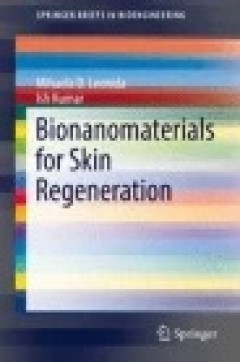
Bionanomaterials for Skin Regeneration
This book gives a concise overview of bionanomaterials with applications for skin regeneration. The advantages and challenges of nanoscale materials are covered in detail, giving a basic view of the skin structure and conditions that require transdermal or topical applications. Medical applications, such as wound healing, care for burns, skin disease, and cosmetic care, such as aging of the ski…
- Edition
- -
- ISBN/ISSN
- 978-3-319-39168-7
- Collation
- -
- Series Title
- -
- Call Number
- 610.28

Biomolecular Interfaces : Interactions, Functions and Drug Design
The book focuses on the aqueous interface of biomolecules, a vital yet overlooked area of biophysical research. Most biological phenomena cannot be fully understood at the molecular level without considering interfacial behavior. The author presents conceptual advances in molecular biophysics that herald the advent of a new discipline, epistructural biology, centered on the interactions of w…
- Edition
- -
- ISBN/ISSN
- 978-3-319-16850-0
- Collation
- -
- Series Title
- -
- Call Number
- 612.015
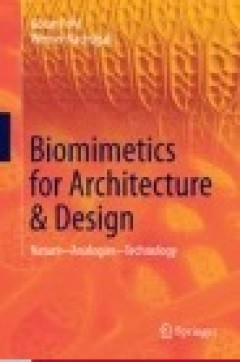
Biomimetics for Architecture & Design
This book provides the readers with a timely guide to the application of biomimetic principles in architecture and engineering design. As a result of a combined effort by two internationally recognized authorities, the biologist Werner Nachtigall and the architect Göran Pohl, the book describes the principles which can be used to compare nature and technology, and at the same time it presents …
- Edition
- -
- ISBN/ISSN
- 978-3-319-19120-1
- Collation
- -
- Series Title
- -
- Call Number
- 690
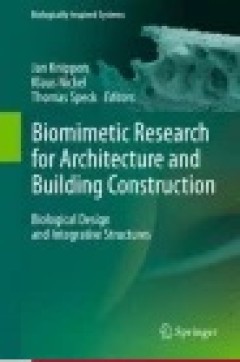
Biomimetic Research for Architecture and Building Construction
This book comprises a first survey of the Collaborative Research Center SFB-TRR 141 ‘Biological Design and Integrative Structures – Analysis, Simulation and Implementation in Architecture’, funded by the Deutsche Forschungsgemeinschaft since October 2014. The SFB-TRR 141 provides a collaborative framework for architects and engineers from the University of Stuttgart, biologists and physic…
- Edition
- -
- ISBN/ISSN
- 978-3-319-46374-2
- Collation
- -
- Series Title
- -
- Call Number
- 620
 Computer Science, Information & General Works
Computer Science, Information & General Works  Philosophy & Psychology
Philosophy & Psychology  Religion
Religion  Social Sciences
Social Sciences  Language
Language  Pure Science
Pure Science  Applied Sciences
Applied Sciences  Art & Recreation
Art & Recreation  Literature
Literature  History & Geography
History & Geography